1. Bread – The Staple of Every Meal
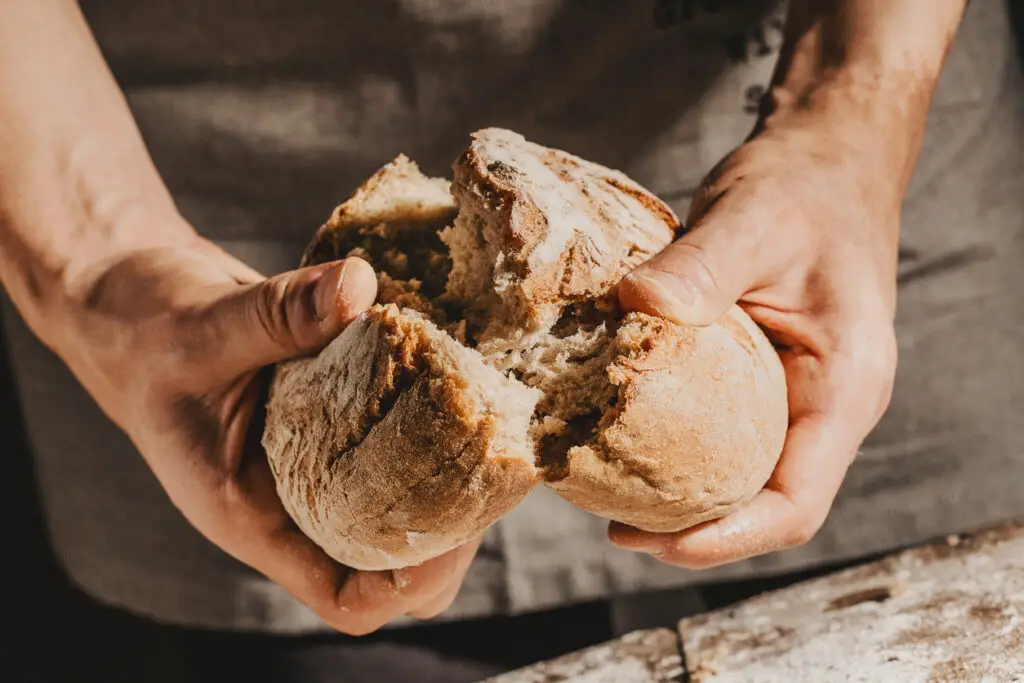
Bread was the backbone of the ancient Egyptian diet, and they made it in all sorts of shapes and sizes. Made primarily from emmer wheat or barley, their bread was often dense and coarse, thanks to bits of stone from grinding tools ending up in the flour. They sometimes flavored it with herbs, honey, or even dates to make it tastier. Baking was a daily routine, and ovens were found in most homes. Wealthier Egyptians enjoyed finer, softer bread, while the working class often had to settle for rougher loaves. There’s even evidence that beer and bread were sometimes combined into a porridge-like dish. Bread was so important that it was often placed in tombs to nourish the dead in the afterlife says Atlas Obscura.
Despite its necessity, making bread wasn’t easy—kneading the dough could be a tough job. Bakers used molds or open fires to cook it, and sometimes they wrapped the dough in leaves or clay to keep it from burning. Unfortunately, all that stone grit in their flour led to a lot of dental problems. Imagine biting into your lunch and wearing down your teeth over time! Still, with so few food preservation methods available, bread was one of the most reliable and filling options adds TheCollector.
2. Beer – The Drink of the Gods and the People

Beer wasn’t just a fun indulgence in ancient Egypt—it was a major part of daily life. Everyone drank it, from laborers to royalty, and it was often safer than water. Made from fermented barley bread, Egyptian beer was thick and cloudy, more like a porridge than the crisp lagers we know today. It was mildly alcoholic and packed with nutrients, making it a crucial part of workers’ diets. Even children drank a watered-down version. The gods were also thought to enjoy beer, so it was offered in temples and tombs as a sacred gift says University of New Haven.
Brewing was typically done at home, but large-scale production existed for feeding the workforce on state projects like pyramid building. Workers were often paid in beer and bread, showing just how valuable it was. It even had medicinal uses, with some versions infused with herbs to treat ailments. While the elite sometimes flavored their beer with dates or honey, the common version was simple and hearty. With so much of life revolving around it, beer was more than just a drink—it was a way of life shares AIP.org.
3. Onions – A Powerful and Pungent Favorite
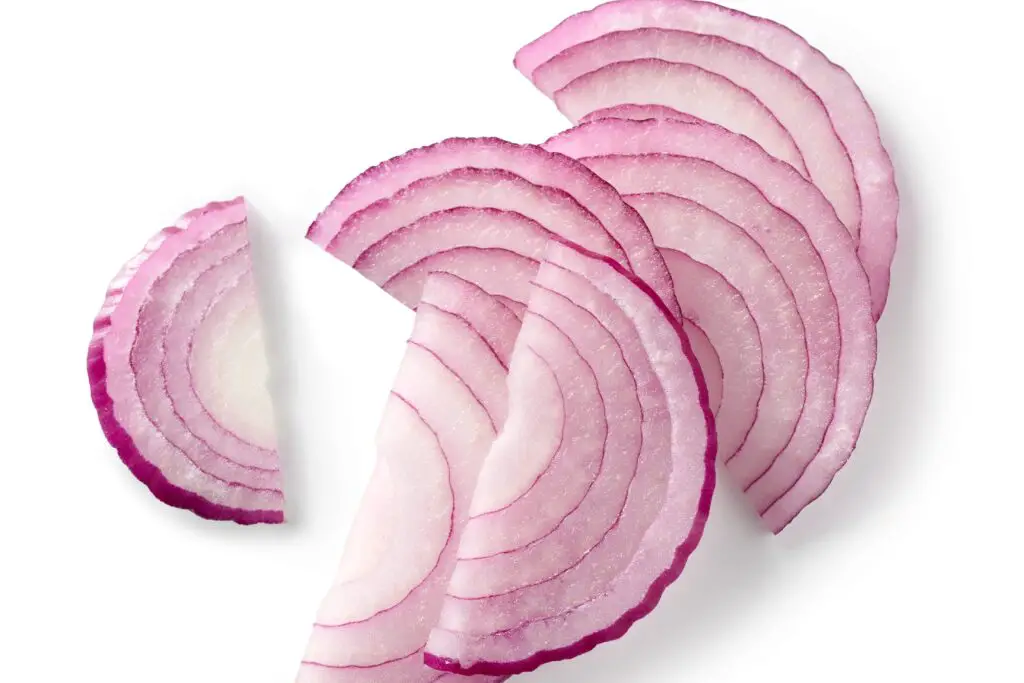
Onions weren’t just a seasoning in ancient Egypt—they were a mainstay of the diet. Eaten raw, cooked, or dried, they provided flavor and nutrition in an otherwise simple meal. They were cheap, grew well in Egypt’s hot climate, and lasted a long time without spoiling. Workers, including those building the pyramids, were regularly fed onions, and they were considered an important food for strength. Even priests and pharaohs valued onions, sometimes including them in burial goods.
Despite their strong smell, onions were associated with health and protection. Some believed they had magical properties, offering protection against illness and even warding off evil spirits. Ancient medical texts mention onions being used to treat a variety of ailments. Though they were an everyday food for the common people, they also made appearances in royal feasts. Their versatility made them one of the most practical and essential ingredients in Egyptian cuisine.
4. Lentils – The Protein-Packed Powerhouse
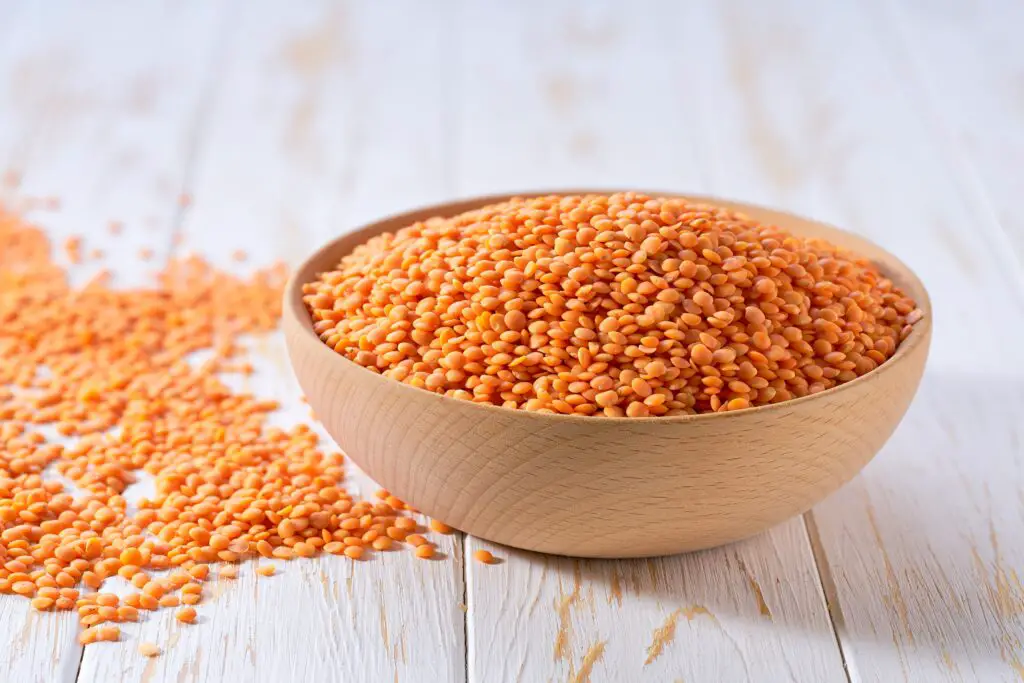
Lentils were a key source of protein for ancient Egyptians, making them an essential part of the diet. They were easy to store and cook, which made them perfect for both the rich and poor. Egyptians typically boiled them into soups or stews, sometimes adding herbs and onions for extra flavor. Lentils were also mashed into pastes, creating a hearty meal that could be eaten with bread. Unlike meat, which was expensive and reserved for the wealthy, lentils were widely available.
Archaeological finds have uncovered lentils in tombs, showing their importance in both daily meals and the afterlife. Their high nutritional value made them especially valuable for workers who needed energy for hard labor. Even though they were a humble food, lentils were respected for their ability to sustain people through tough times. They continue to be a key ingredient in Egyptian cuisine today, proving just how timeless they are.
5. Dates – The Sweet Treat of the Desert

Dates were nature’s candy in ancient Egypt, providing both sweetness and nutrition. The hot climate made them easy to grow, and they were harvested in large quantities. People ate them fresh, dried them for later use, or mashed them into pastes. They were often added to bread, beer, and desserts for extra flavor. Since sugar wasn’t yet available, dates were the main way Egyptians satisfied their sweet tooth.
Besides being delicious, dates were packed with energy and believed to have medicinal properties. They were used in remedies for digestive issues and general health. Even tombs were stocked with dates to nourish the dead in the afterlife. Wealthy Egyptians enjoyed dates dipped in honey or mixed with nuts for an extra indulgence. They were truly a versatile and beloved part of the Egyptian diet.
6. Figs – A Nutritious and Sacred Fruit
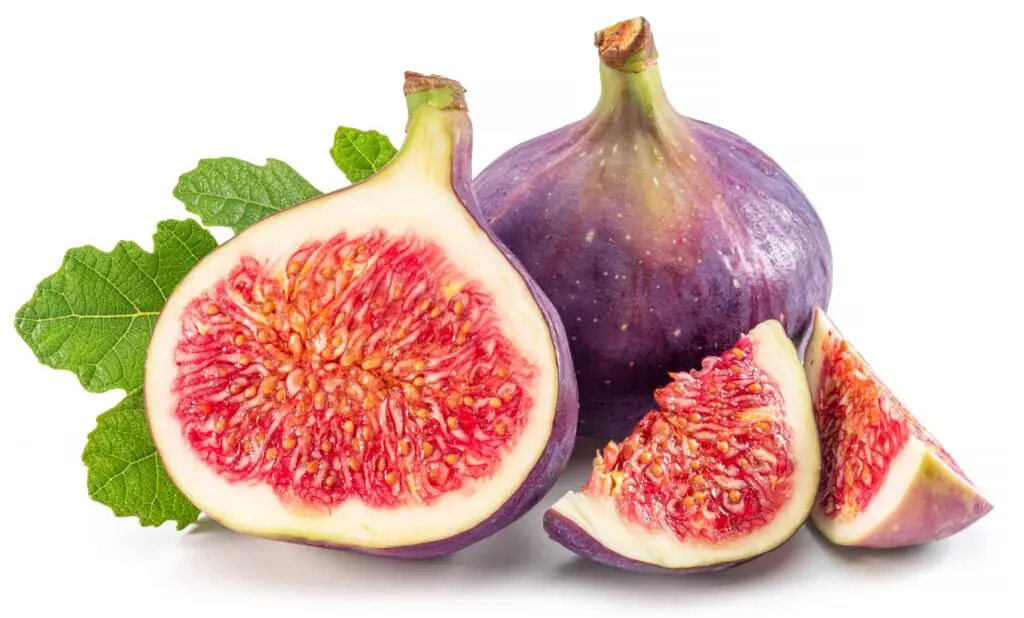
Figs were another favorite fruit, enjoyed by both the rich and poor. They were eaten fresh or dried, making them a convenient snack. Ancient Egyptians even used figs in their religious ceremonies, offering them to gods and including them in tombs. Some believed figs symbolized fertility and abundance.
Besides being tasty, figs were packed with fiber and nutrients. They were used in traditional medicine to treat digestive issues and boost overall health. Pharaohs and nobles enjoyed them in more elaborate dishes, sometimes mixed with honey and nuts. Even today, figs remain a popular ingredient in Egyptian cuisine, showing how much staying power this ancient fruit has.
7. Fish – A Riverfront Delicacy

With the Nile River providing a constant supply, fish was a common part of the ancient Egyptian diet. Tilapia and catfish were especially popular, caught fresh and either dried or salted for preservation. Those living near the river ate fish regularly, while those further away relied more on dried varieties.
Fish was cooked in many ways, including roasting, boiling, and even frying in early forms of oil. While priests avoided fish for religious reasons, most Egyptians saw it as a tasty and affordable meal. Even in tomb paintings, fish appear as a sign of daily life and sustenance. It was an essential protein source for those who couldn’t afford meat.
8. Lettuce – The Unexpected Favorite
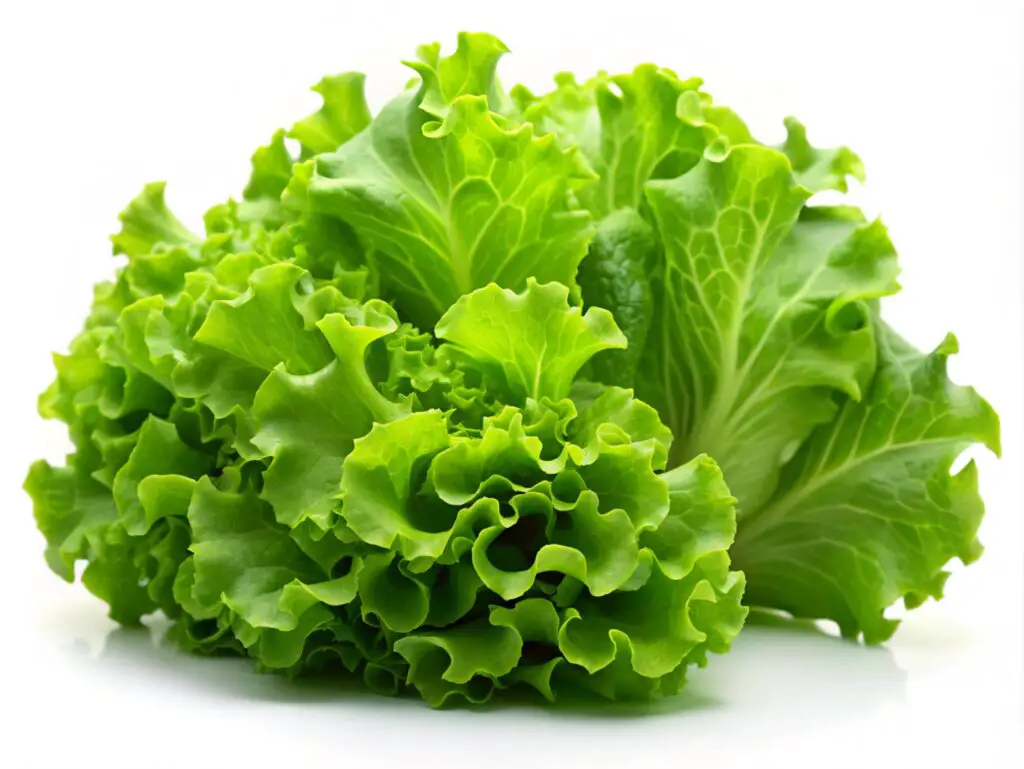
Ancient Egyptian lettuce looked different from the leafy greens we know today. It had long, tall stalks and was grown for its seeds, which were pressed for oil. However, people also ate the leaves, often as part of religious offerings.
Lettuce was linked to the god Min, the deity of fertility, making it an important symbolic food. Beyond religious use, it provided a fresh and nutritious addition to meals. It was sometimes served with onions or dipped in sauces. Egyptians saw it as both a practical and sacred plant.
9. Chickpeas – The Early Hummus Ingredient
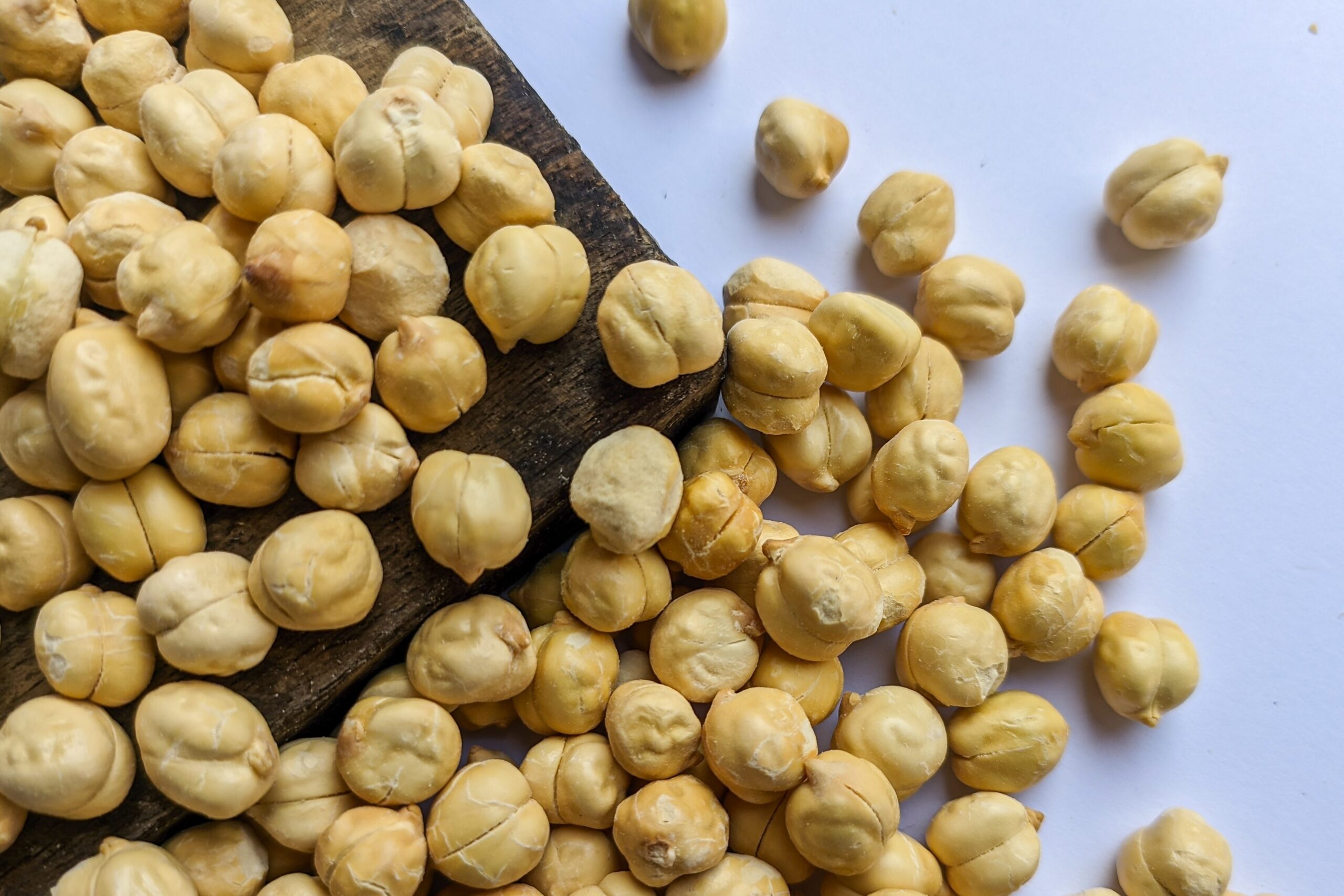
Chickpeas were a key ingredient in Egyptian meals, much like they are today. They were eaten roasted, boiled, or mashed into pastes. Some historians believe they were used in early versions of hummus.
These legumes were packed with protein, making them a valuable meat substitute. They also lasted a long time, making them a reliable food source. Workers likely ate chickpeas as a filling meal during long days of labor. Their versatility made them an essential pantry item.
10. Pomegranates – The Exotic Luxury
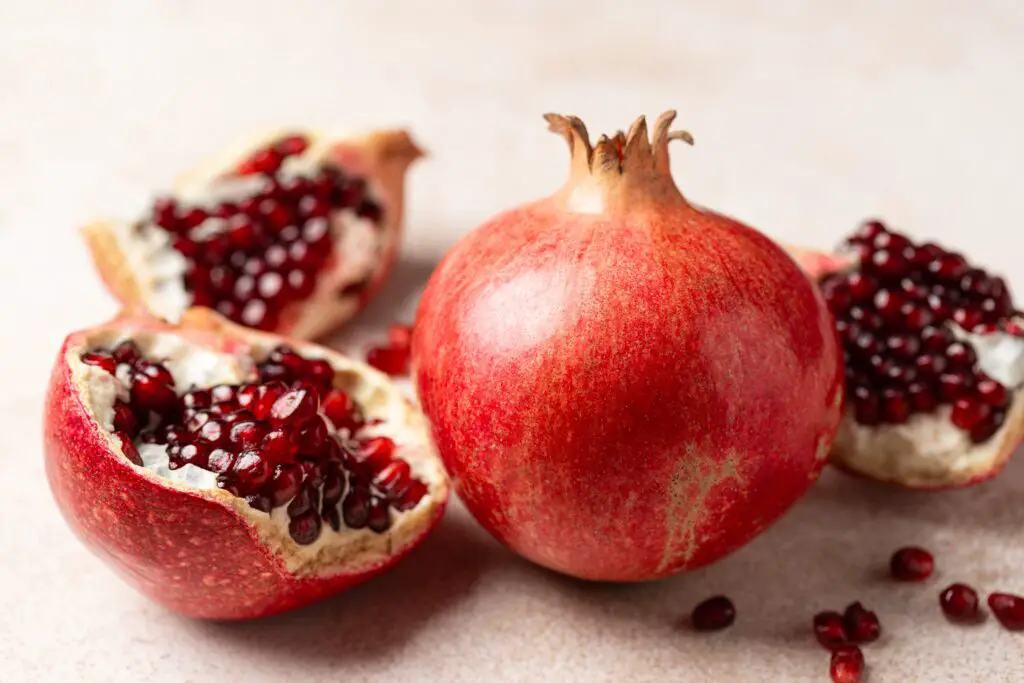
Pomegranates weren’t just a tasty fruit in ancient Egypt—they were considered a symbol of prosperity and fertility. Their vibrant red seeds made them visually striking, and they were often depicted in art and religious offerings. The fruit was enjoyed fresh, but it was also pressed into juice or mixed with wine for a refreshing drink. Since pomegranates had a long shelf life, they were ideal for storing and consuming over time.
Beyond their delicious taste, pomegranates had medicinal uses as well. Ancient Egyptians believed they could help with digestion and even treat infections. The fruit was also found in the tombs of pharaohs, indicating that it was valuable enough to accompany the dead into the afterlife. It was a sign of abundance and renewal, often linked to religious rituals. Even today, pomegranates are a key ingredient in Middle Eastern cuisine, proving their lasting appeal.
11. Garlic – The Ancient Superfood
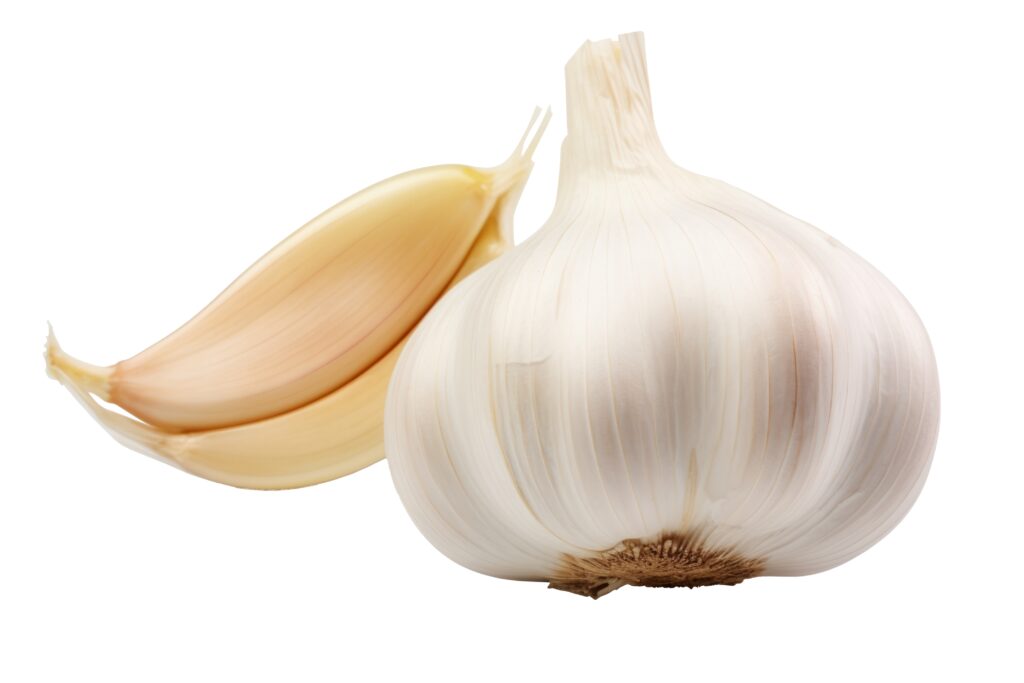
Garlic was more than just a flavorful ingredient—it was considered a powerful health booster in ancient Egypt. It was eaten raw, cooked into stews, or even mixed into bread for an extra punch of flavor. Egyptians believed garlic gave them strength and endurance, which is why pyramid workers were regularly fed cloves of it. Records suggest that garlic was so important that laborers even went on strike when their garlic rations were cut!
Beyond its nutritional benefits, garlic was used as a natural remedy for a variety of ailments. It was thought to protect against illness and was sometimes placed in tombs to help the deceased in the afterlife. Some even believed it could ward off evil spirits, making it a popular household staple. While it may not have smelled pleasant, its value in Egyptian society was undeniable. Modern science has since confirmed many of the health benefits Egyptians recognized thousands of years ago.
12. Honey – The Golden Sweetener

Honey was one of the most prized ingredients in ancient Egypt, valued not only for its sweetness but also for its medicinal properties. It was used as a natural sweetener in bread, cakes, and even beer, making it a luxury item enjoyed by both the elite and common people. Beekeeping was a well-established practice, and Egyptians kept hives to ensure a steady supply of honey.
Beyond its culinary use, honey played a major role in medicine. It was applied to wounds to prevent infection, used in remedies for digestive issues, and even given as an offering to the gods. Tombs of pharaohs contained jars of honey, some of which have been found still perfectly preserved after thousands of years. The Egyptians saw honey as a symbol of purity and healing, and its role in their diet and culture was immense. Today, it remains one of the most natural and beloved sweeteners worldwide.
